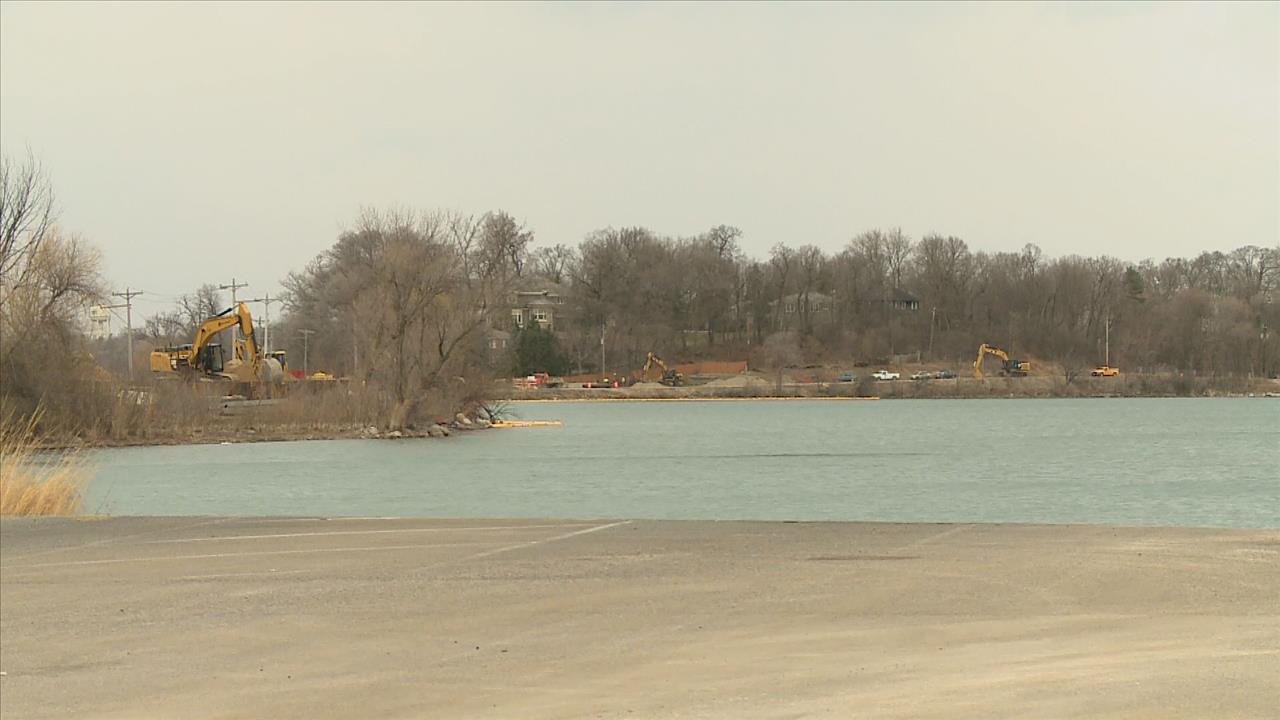MINNETONKA, Minn. – Scheduled completion of a major highway project in Hennepin County is in doubt because of historical evidence uncovered. Several Indian burial mounds were discovered in October 2014 as heavy machinery began work on easing a 90-degree turn in the roadway.
Most of the work on a two mile stretch of Highway 101 between Highway 12 and Minnetonka Boulevard is continuing, even as far as the south end of the Gray's Bay causeway bridge. However the entire road is closed to through traffic while the project continues, with a completion date of September 2016.
"Originally designed was a round-a-bout," said Dan Allmaras, Hennepin County Project Engineer, "and, of course, that was what we would have liked to have built here. We are looking at alternatives right now."
Allmaras said it was not possible to construct the round-a-bout without disturbing the mounds.
"The alternatives would probably be some kind of a, another type of curve, but it wouldn't be the 90 degree curve you see there," said Allmaras. "It would be something either like a 25 mile an hour curve or a 30 mile an hour curve or something like that."
Once the machinery turned over human remains, the Minnesota Indian Affairs Council stepped in. The shores of Lake Minnetonka were a popular burial site for Native American tribes. They often chose elevated areas with good views of the Lake for their burial mound sites.
Those same sites were popular for developers of the many hotels that once dotted the Lake's shoreline and then, home sites as the area was settled. In the 1800s, tourists often excavated the mounds looking for artifacts. The practice continued into the mid-20th century.
A map and notes of the mounds was compiled by Theodore Lewis in the 1800s, trying to prevent the mounds' destruction. Lewis's notes were used to determine that there are existing burial mounds on both sides of the roadway in the Highway 101 project.
"What is going to happen now is that I have been directed by the Dakota Community to reconstruct the mounds that have been impacted by the construction," said Jim Jones, Minnesota Indian Affairs Council Cultural Director, "and recover any burials that have been disturbed by the construction at that point."
It is not known when the redesign of the 90-degree turn will be ready. The completion date for the entire project remains September 2016.


